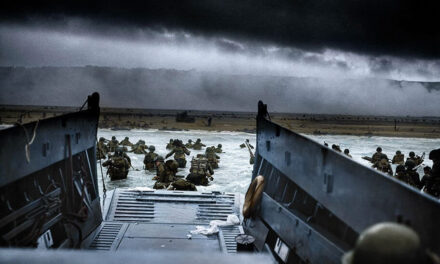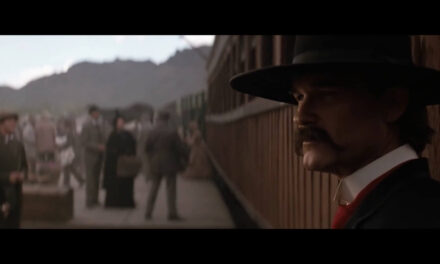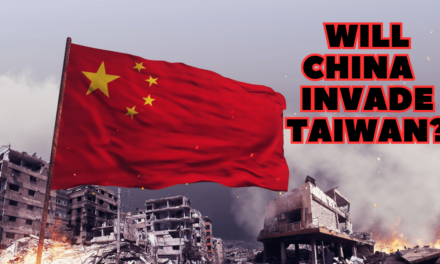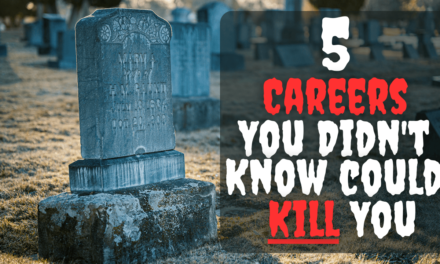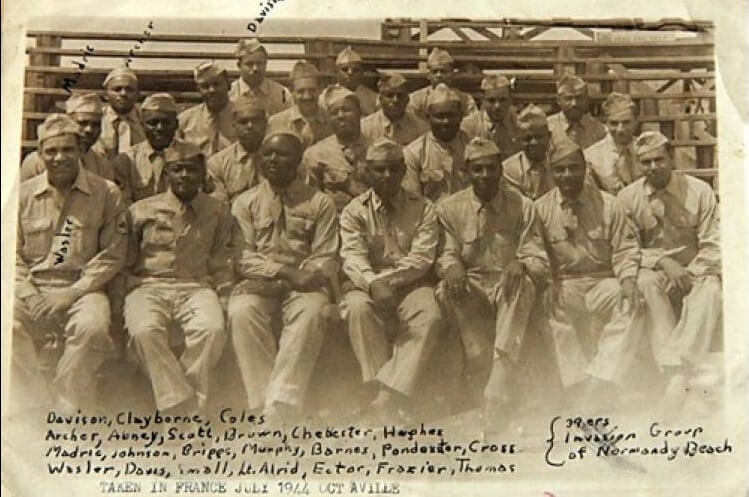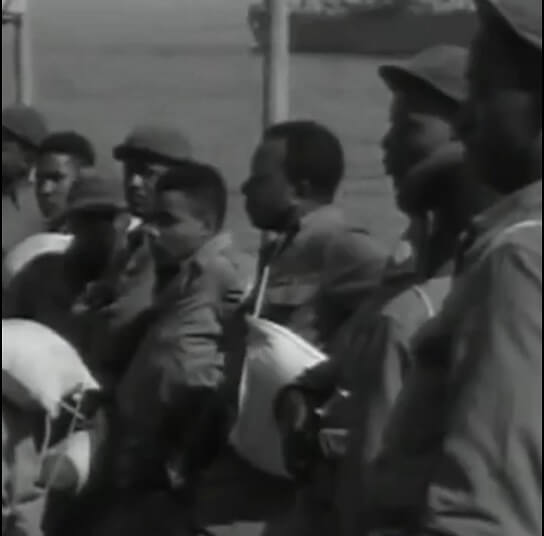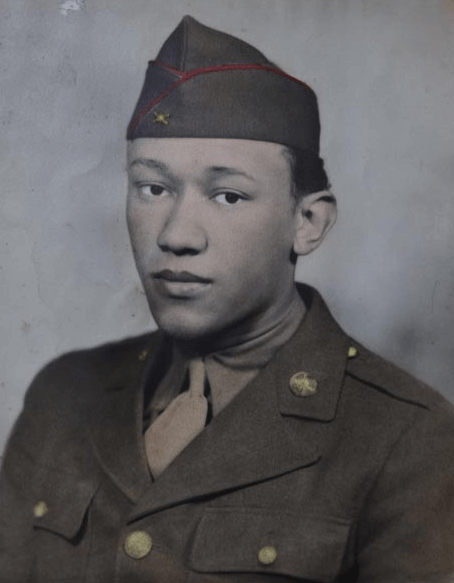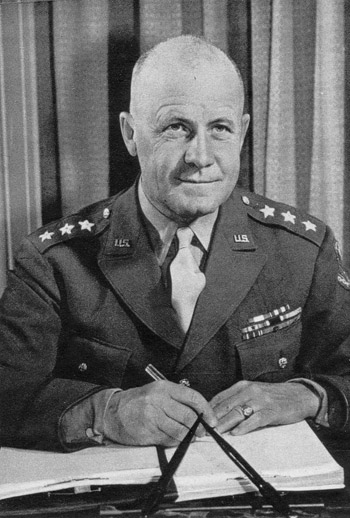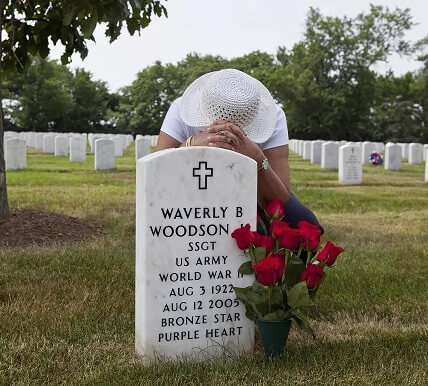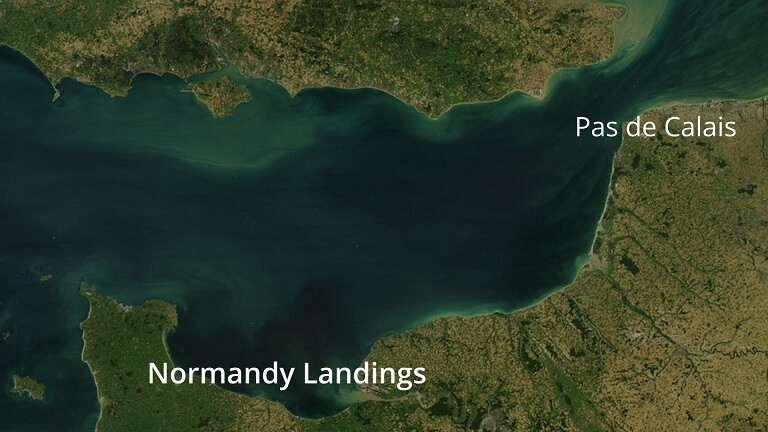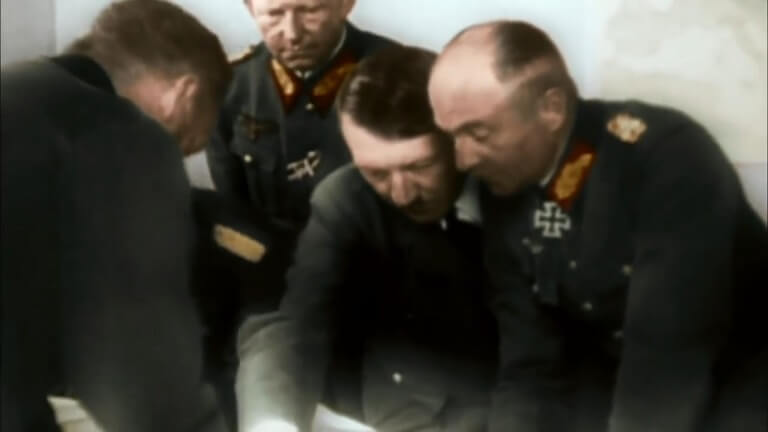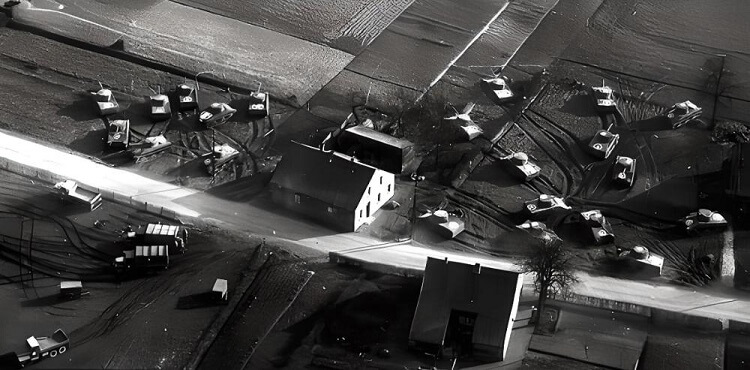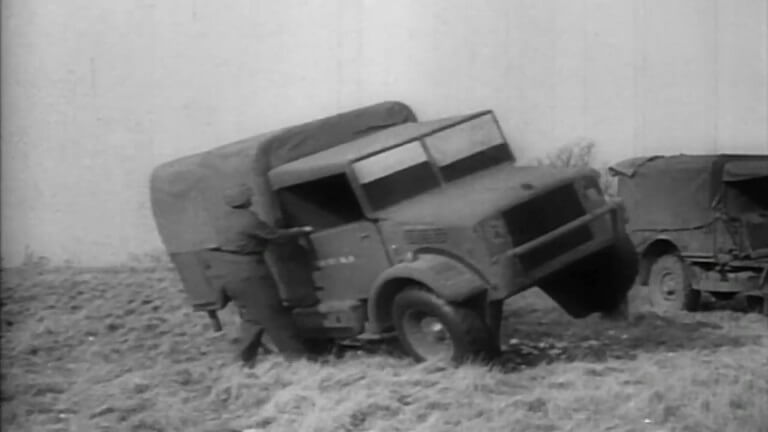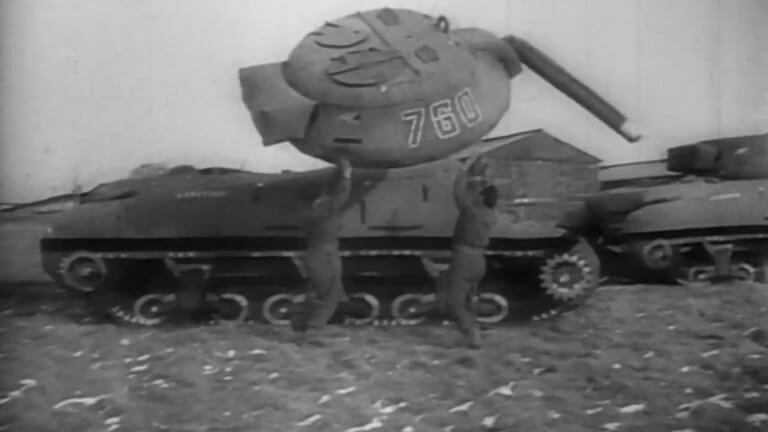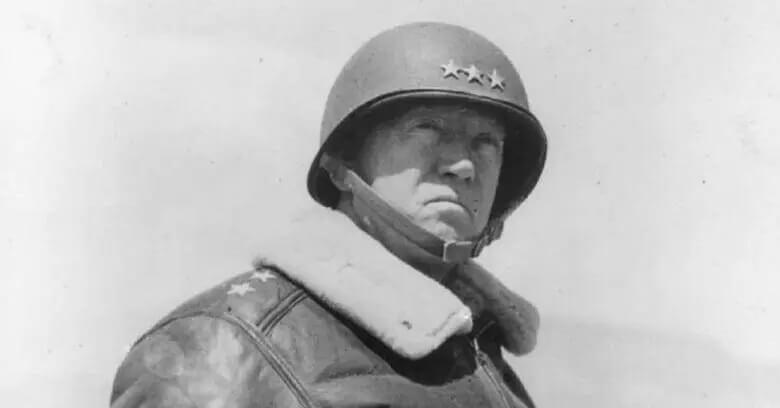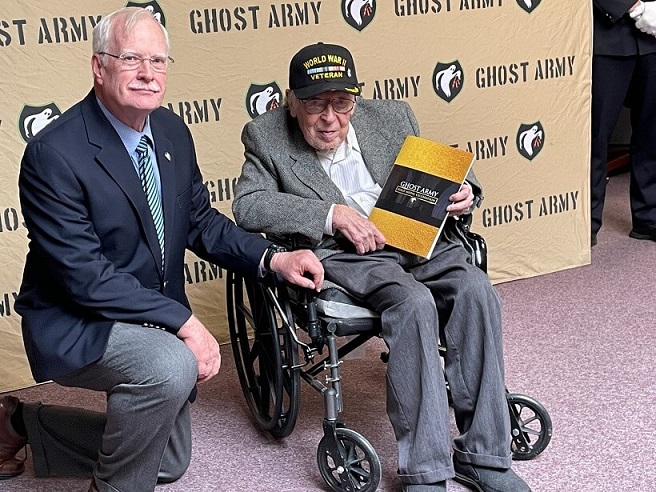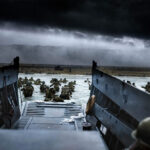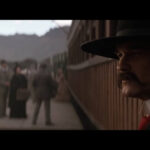Almost 80 years ago, the Allies landed on the beaches of Normandy, in the long-awaited invasion of Hitler’s Europe. The Nazis had been expecting an invasion, but they did not know where the Allies would land. Surely, wherever that would be, it would be a bloodbath indeed.
The events of that day have been told and retold, immortalized in film, television, and writings. But there are some lesser known events that happened there that deserved to be remembered, along with the people who’s sacrifices opened the door to Berlin, and to a free Europe.
320th ballon barrage battalion
57, 500 US soldiers landed on the beaches of Omaha and Utah on the 6th of June, 1944. Of these men, only around 1500 were African American. 621 of these men comprised the 320th Barrage Balloon Battalion.
Still facing segregation during World War 2, this African American unit landed alongside the rest of the soldiers on Omaha and Utah beach. Among the most brave and determined, these heroes were absolutely vital to the protection of the landing force. Although often forgotten, their story deserves to be remembered.
African Americans at Normandy
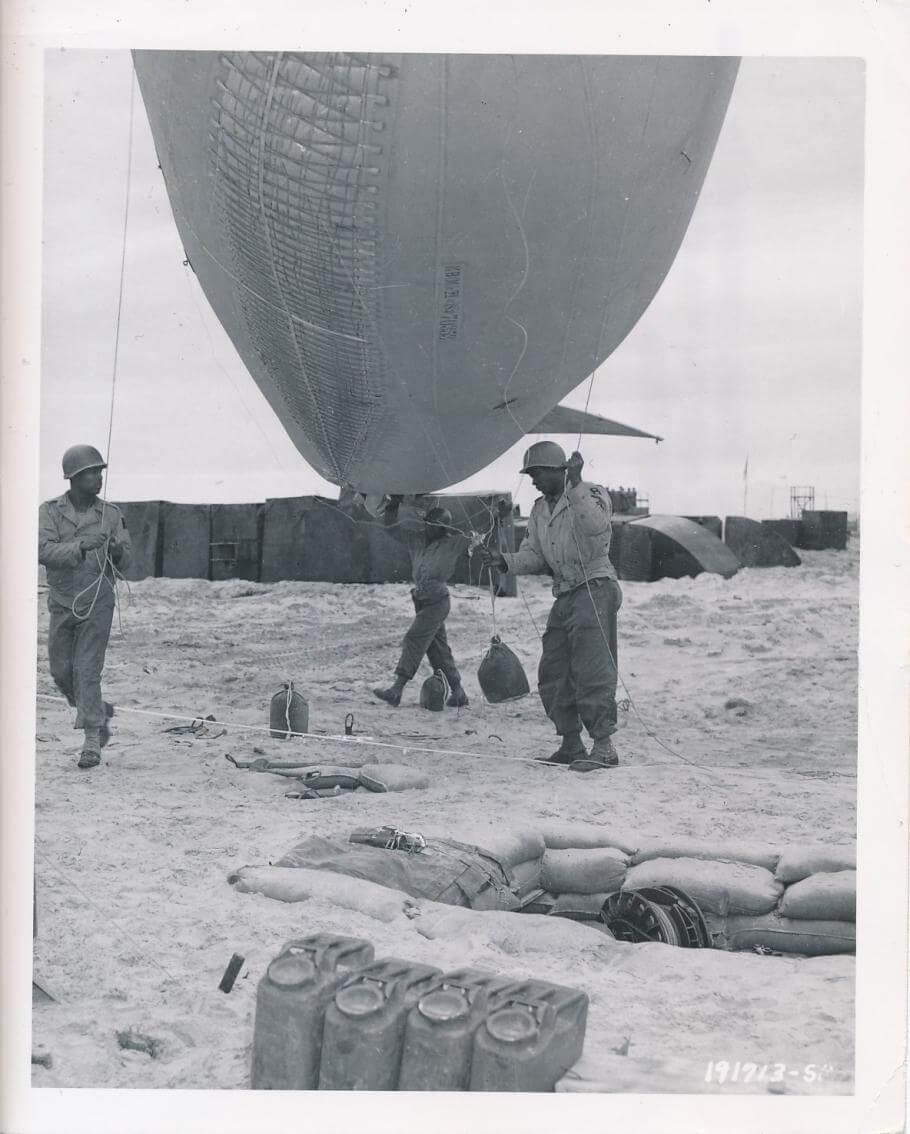
320th Barrage Balloon Training
Trained at Camp Tyson in Tennessee, the 320th was tasked with the deployment and operation of barrage balloons, which were to defend against strafing and low-level bombing by the Germans.
The balloons were about 35 feet long, and filled with highly flammable hydrogen.
Not only did these balloons serve to deter attacks, but they were also capable of destroying any planes that risked flying below 2000 feet along the beach head.
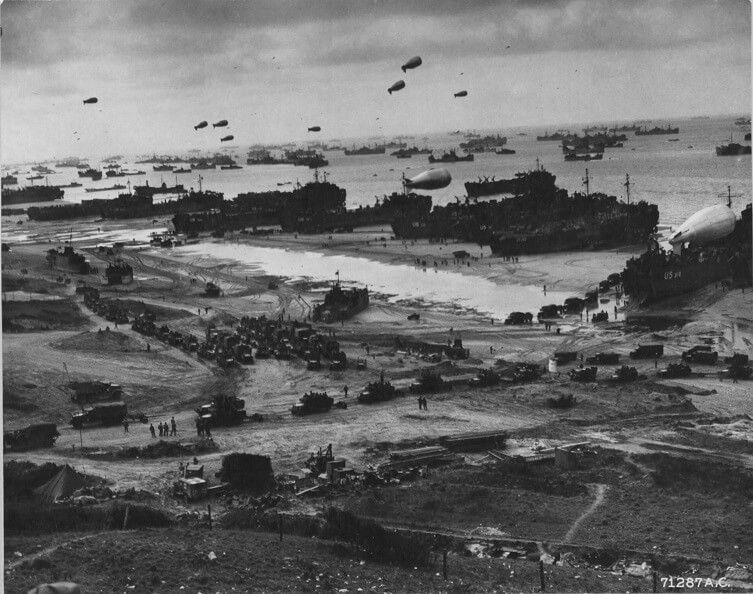
Barrage Balloons at Normandy
Cpl. Waverly Woodson
Among those serving with the 320th was a combat medic, 21-year-old corporal Waverly B. Woodson Jr. Woodson’s landing craft foundered after hitting a mine, and drifted powerlessly to shore where it was next pummeled by a German 88 millimeter shell. Woodson was one of a few who survived, although he suffered shrapnel wounds in his groin and leg.
He desperately wanted to begin to treat the wounded and dying all around him, and after reaching shore and receiving medical attention, he immediately began to do just that.
For 30 hours straight, he saved men’s lives, disregarding his own.
He amputated limbs, dug out bullets, administered plasma, and comforted his fellow soldiers, no matter the color of their skin.
Only when he passed out did his efforts cease that day. It is estimated that he saved the lives of as much as 200 men on the beaches of Normandy.
Although many, including General John C H Lee lobbied for Woodson to receive the Medal of Honor, he never did.
Gen. John C.H. Lee
Voice Your Support to Congress on behalf of waverly Woodson
Five Minute Facts is sponsoring a petition to the US Congress to urge them to posthumously award Woodson the Medal of Honor for his outstanding bravery in the face of great danger on Omaha Beach. Please consider adding your signature to help change history, and correct this wrong once and for all.
The Ghost Army of the 23rd Headquarters Special Troops
The beaches of Normandy were chosen for good reasons. They were in range of air cover, and were not as heavily defended as the Pas de Calais, the shortest distance between Great Britain and the European Continent.
The Nazis knew this as well, including Adolf Hitler, who thought Normandy to be the most likely place that the allies would land.
In order to place doubt and confusion as to where the invasion would take place, an elaborate deception was crafted. The success of this deception might very well determine the success of the Normandy invasion.
Hitler had an enormous garrison of infantry and Panzer reserves stationed at France’s Pas de Calais, and keeping them from shifting to Normandy was critical. The allies had to find a way to threaten Pas de Calais, and hence Operation Quicksilver was created, which included the First US Army Group.
Tent cities were constructed all over southern England. Massive numbers of planes, tanks, and trucks were discovered by German reconnaissance. Loading docks sprang up, complete with a fleet of landing craft.
Army camps were constructed complete with hospitals, barracks, ammo depots, and even sewage treatment plants.
The thing is, none of it was real.
US Soldier Demonstrating Rubber Truck
Inflatable Rubber Tank
The imposing force was created from inflated rubber, wood, fabric, and trickery. But from even a short distance, it was extremely convincing. Much effort was given to attention to detail. Rubber tanks and trucks don’t move, and certainly don’t leave tracks. But special equipment was brought in to create tracks for the illusion of movement, which was done under cover of night.
Since the loading docks were in range of big German guns, pyrotechnic crews were brough in to simulate explosions and fires for the occasional hit.
Movie professionals were brought in for special effects, and sounds appropriate to army activities were regularly broadcast.
Soldiers were seen wearing special patches and insignias for units and divisions that didn’t exist.
But so much was riding on the success of this deception that a real commander was needed to complete the ruse.
General George S Patton
The Germans would expect a leader with an imposing reputation, and that’s exactly what the allies chose. The First US Army Group was not real, but its leader was a very real George S Patton, old blood and guts himself.
Patton came to England to support the illusion of the Ghost Army of a million phantom soldiers.
Nevertheless, simply fooling the Nazis as to where the landings would take place was not enough. The deception would have to continue after the landings at Normandy in order to prevent the shifting of forces to the actual landing site.
Much of the plan depended on the work of double agents, passing massive amounts of misinformation to the Germans. It is thought that Hitler himself was convinced due to the efforts of two spies in particular, codenamed Brutus and Garbo.
Keeping the threat to Pas de Calais real for as long as possible was the goal of the Ghost Army, and on June 9th, 3 days after the D-Day landings, Hitler was still convinced that the real invasion had yet to come, and cancelled the transfer of reinforcements from Calais. He even redirected units that were on the way to Normandy to join them in defending against the as yet unmaterialized enemy force.
As a final touch, the Germans were led to believe that some forces from the fictitious invasion force were diverted to Normandy to replace losses, but a formidable army of nearly one million soldiers were still preparing to invade.
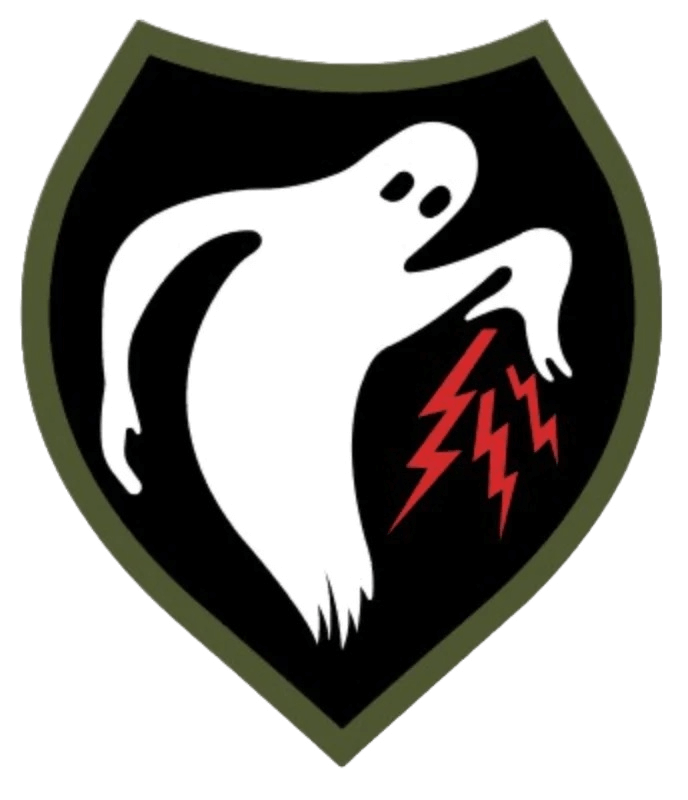
Ghost Army Patch
As the weeks went by, the relevance of the Ghost Army began to dwindle, as the allies were swiftly marching across France. The Ghost Army vanished into thin air from whence it came, victorious.
The story of the Ghost Army remained classified until 1996, and in 2022 President Biden signed a bill awarding the Congressional Gold Medal to those corporal soldiers that were the only real part of the Ghost Army that helped liberate Hitler’s Europe.
Seymour Nussenbaum Receives Congressional Gold Medal
If you enjoyed this content, please share! Leave a comment, we would love to hear what you have to say!

